On time deliveries
We understand how critical it is for our customers to meet or even surpass project timelines. It's for this reason we are committed to ensuring deliveries are not just on time, but guaranteed to be prompt.
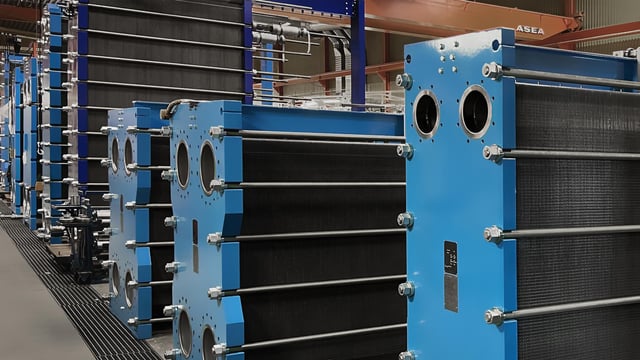
Advancing efficiency, energy savings, and product quality in refinery

Refining crude oil into products like gasoline, diesel, jet fuel, bitumen and petrochemical feedstock demands lots of energy. Operations are constantly struggling to optimize the yield and throughput of products, reduce maintenance and shutdowns, all while maintaining reliability and aiming to reduce energy consumption to minimize environmental impact. Central to the refinery’s efficiency and sustainability are efficient and reliable heat exchangers, which play an indispensable role in numerous critical processes. Tranter’s NovusBloc welded block plate heat exchanger provides a gasket-free design, capable of handling the high temperatures and difficult fluids seen in the refinery, with high turbulent flow, enhancing heat transfer and reducing fouling. The NovusBloc is fully accessible for cleaning on both sides.
Refinery
We understand how critical it is for our customers to meet or even surpass project timelines. It's for this reason we are committed to ensuring deliveries are not just on time, but guaranteed to be prompt.

We know how to navigate the challenging terrain of embracing new, yet possibly untested, technologies while ensuring processes remain dependable and steady.

With our extensive service center network, we offer quick, localized support, minimizing operational disruptions and boosting both performance and productivity.

Refinery
Atmospheric distillation, the first step in crude oil refining, where the crude oil is separated into different fractions by boiling distilling at atmospheric pressure. Atmospheric distillation requires lots of heat provided to the distillation tower by a fired heater. Heat exchangers playing a crucial role in pre-heating the crude oil feed by products and reflux streams from the distillation tower, thus reducing required fired heat input to the process. In refineries’ ADU crude pre-heating trains, Tranter’s NovusBloc welded block heat exchanger offers higher efficiency and reduced fouling tendencies compared to traditional shell and tube heat exchangers, thanks to high turbulent flow. The NovusBloc heat exchanger can be opened for cleaning on both the crude side and the product side. Light Naphtha drawn off the tower overhead, while heavy naphtha, kerosene, diesel, LGO and HVO are side stream draw offs. The atmospheric residue is charged to the vacuum distillation process.
This secondary refining process treats heavier atmospheric distillation components under reduced pressure, effectively lowering high-boiling hydrocarbons' boiling points to minimize thermal cracking and degradation, with the aid of heat exchangers. The vacuum distillation unit takes residue from the atmospheric distillation unit to produce vacuum distillates, vacuum gas oil, slop wax, residue and feed stock for fluid catalytic cracking and hydrocracker units. Tranter’s NovusBloc welded block heat exchanger is employed in preheating of the atmospheric residue or hydrocracker bottoms (bottoms feed exchangers), which is fed to the fired heater where they are further heated and partially vaporized. The overhead from the VDU is condensed in a Tranter NovusBloc or shell and plate heat exchangers and combined with the vacuum steam.
FCC, is a key process in the petroleum refining industry. It's used to convert mixed hydrocarbons into lighter, more valuable products like olefins, high octane gasoline and diesel. FCC overhead vapors flow to the fractionator where they are separated into an overhead stream containing the wet vapors and a heavier stream containing the hydrocarbon liquids. Tranter’s shell and plate heat exchanger is well suited for condensation of light hydrocarbons leaving the top of the fractionator while the two-side cleanable NovusBloc welded block heat exchanger is the preferred choice for the heavier streams. Plate heat exchangers enable a close temperature approach and is well suited for preheating, thus, saving energy consumption in the plant. The heavy liquids or the bottoms product often contains highly fouling products.
The acid gas removal or sulfur recovery process, removing acidic gases such as Hydrogen Sulfide. The process is commonly done by Amine absorption, where Tranter’s gasketed and welded plate heat exchangers are used as heat recovery in the lean/rich amine interchanger/pre-heater to reduce the amount of steam needed for the reboiler, improving the total economy of the plant. Our heat exchangers also provide excellent temperature control as lean amine coolers, thermosyphon reboilers and stripper overhead condensers. In refineries the gas streams normally have very high levels of toxic hydrogen sulfide and high levels of aliphatic hydrocarbon carry-over, thus the fluid contaminants are normally a difficult task for gaskets. Tranter’s NovusBloc welded block heat exchangers provide a gasket-free design for amine services, with high resistance against process upsets, with maintained cleanability on both the lean and rich amine side. A horizontally mounted NovusBloc welded block heat exchanger for the reboiler and overhead condenser provide free flow with low pressure drop and full accessibility on the process side.
Gasketed plate heat exchangers are seldom used inside the refinery processes due to high temperatures, pressures and difficult fluids. A closed loop of cooling medium, normally water or water/glycol mixture is used for all the different cooling duties in the refinery. The cooling medium is cooled by seawater/lake water in gasketed plate and frame heat exchangers to avoid using corrosive and erosive seawater inside the process. Tranter’s plate and frame heat exchangers are optimal for large cooling medium cooler duties, capable of handling close temperature approaches and large volumes with minimum plot space requirements. The wastewater from the plants is treated to be reintroduced to the process or back to the source. Plate heat exchangers are a good choice for wastewater treatment plants as they reduce fouling tendencies and are easy to open for maintenance.
The wastewater from the refinery is treated to be reintroduced to the process or back to the source. Plate heat exchangers are a good choice for wastewater treatment plants as they reduce fouling tendencies and are easy to open for maintenance.







To reach the NetZero goals, refineries are looking to reduce the CO2 emissions. Post combustion CO2 capture to refineries involves removing CO2 from gas streams using continuous absorption with regenerable solvents, crucial for reducing greenhouse gas emissions and fighting climate change. Tranter leads in providing heat exchangers for carbon capture, ensuring your plant operates safely and reliably.
Resource center
Energy, heating and cooling Sustainability
The digitalization mega trend has resulted in exponential growth of data centers. Let’s take a look at how Tranter’s plate and frame heat exchangers can be used to make the datacenters more sustainable.

Energy, Process industries Sustainability
Tranter’s heat exchangers have various applications across many different markets. Let’s take a look at how plate and frame heat exchangers can be used in CO2 capture applications to improve the total economy of the plant.
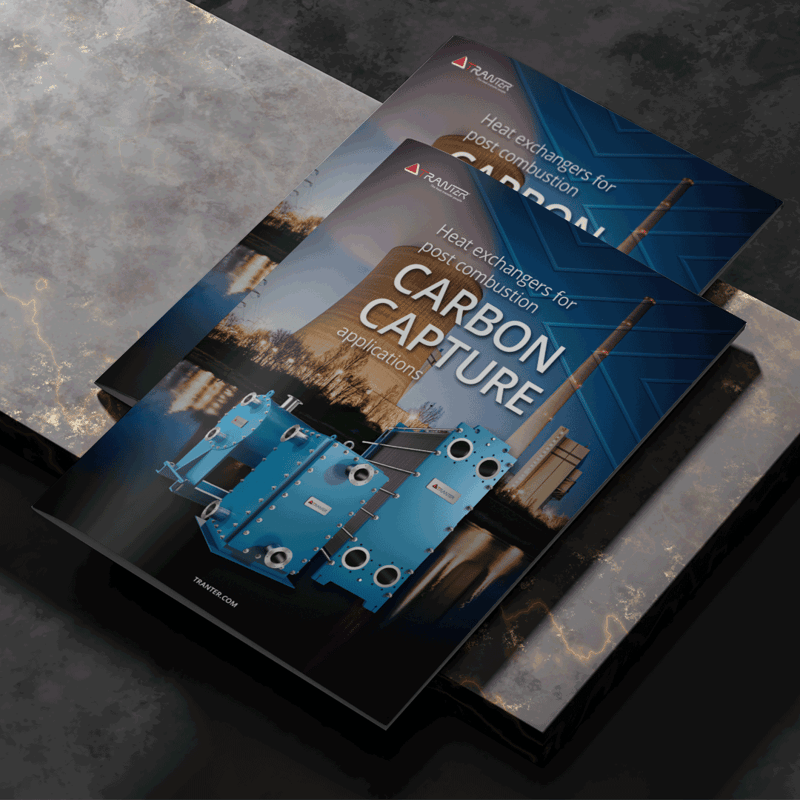
Energy, Process industries
Tranter’s compact plate heat exchangers are used in various energy intense industrial applications. Let’s take a look at how plate heat exchangers can be used in the production of green hydrogen and in the hydrogen value chain.
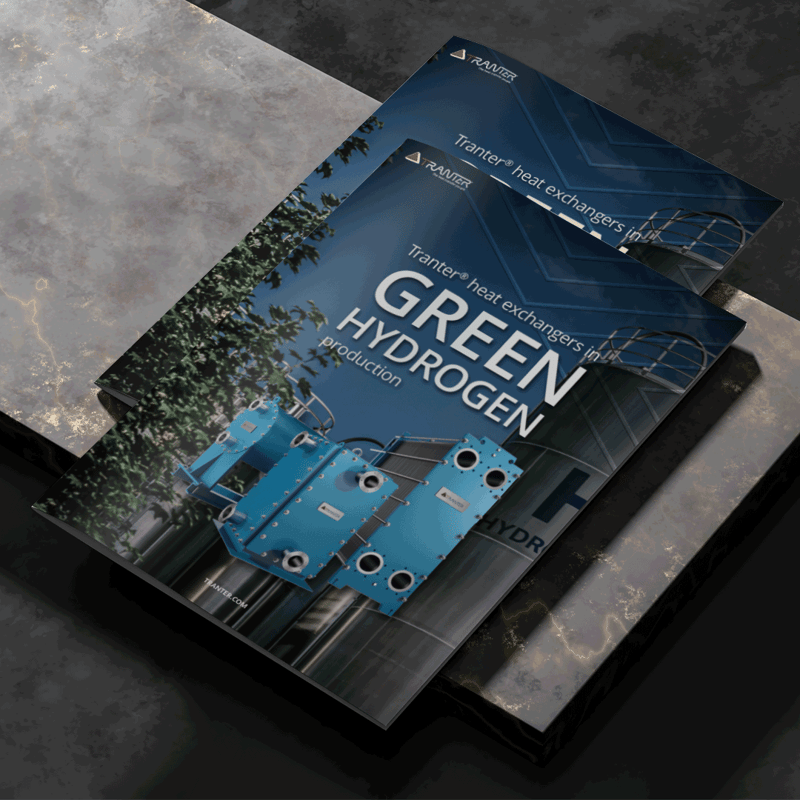
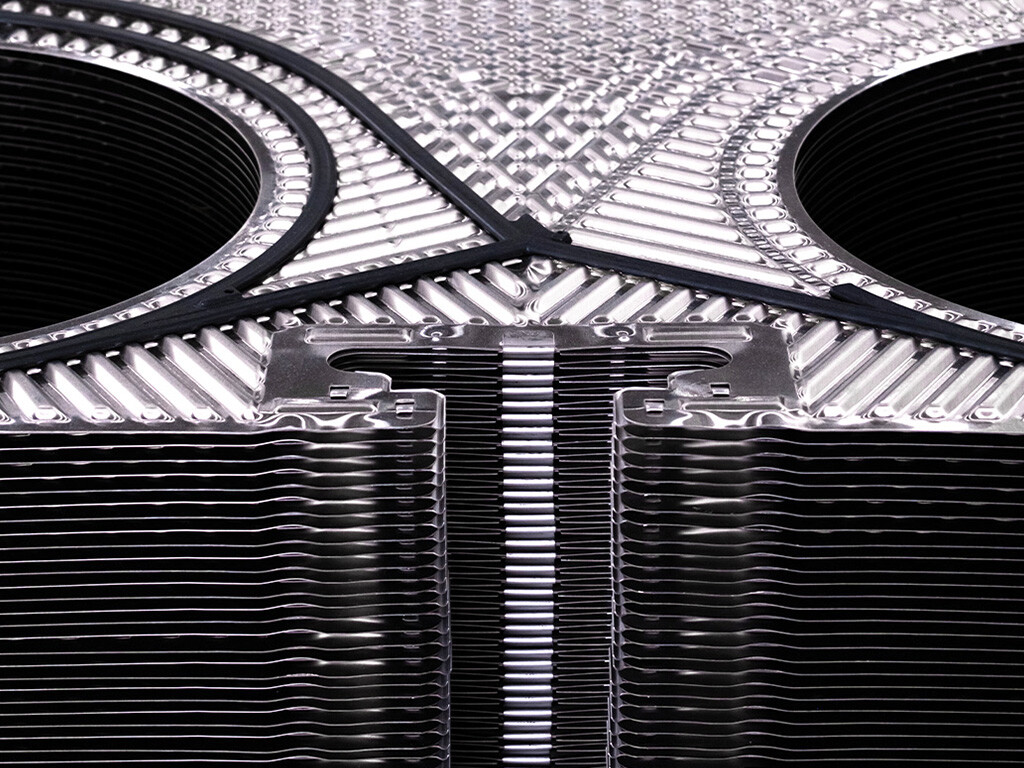
Our comprehensive understanding of heat exchangers goes beyond just maintenance and usage. We offer tailored recommendations and innovative solutions to optimize your system's performance, reduce energy consumption, and extend the lifespan of your equipment. Our goal is to not only enhance your operational efficiency but also to ensure the long-term health and reliability of your heat exchangers. Trust Tranter to provide expert insights that keep your systems running smoothly and cost-effectively.
Resource center
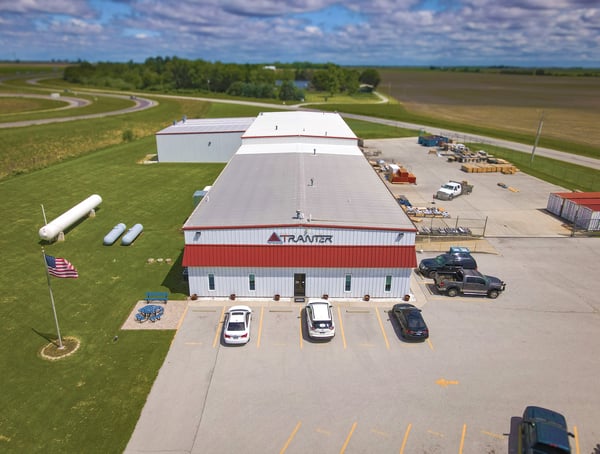

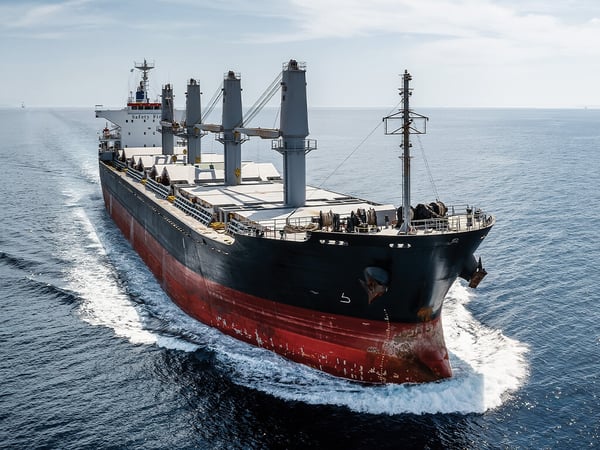

Still curious?
